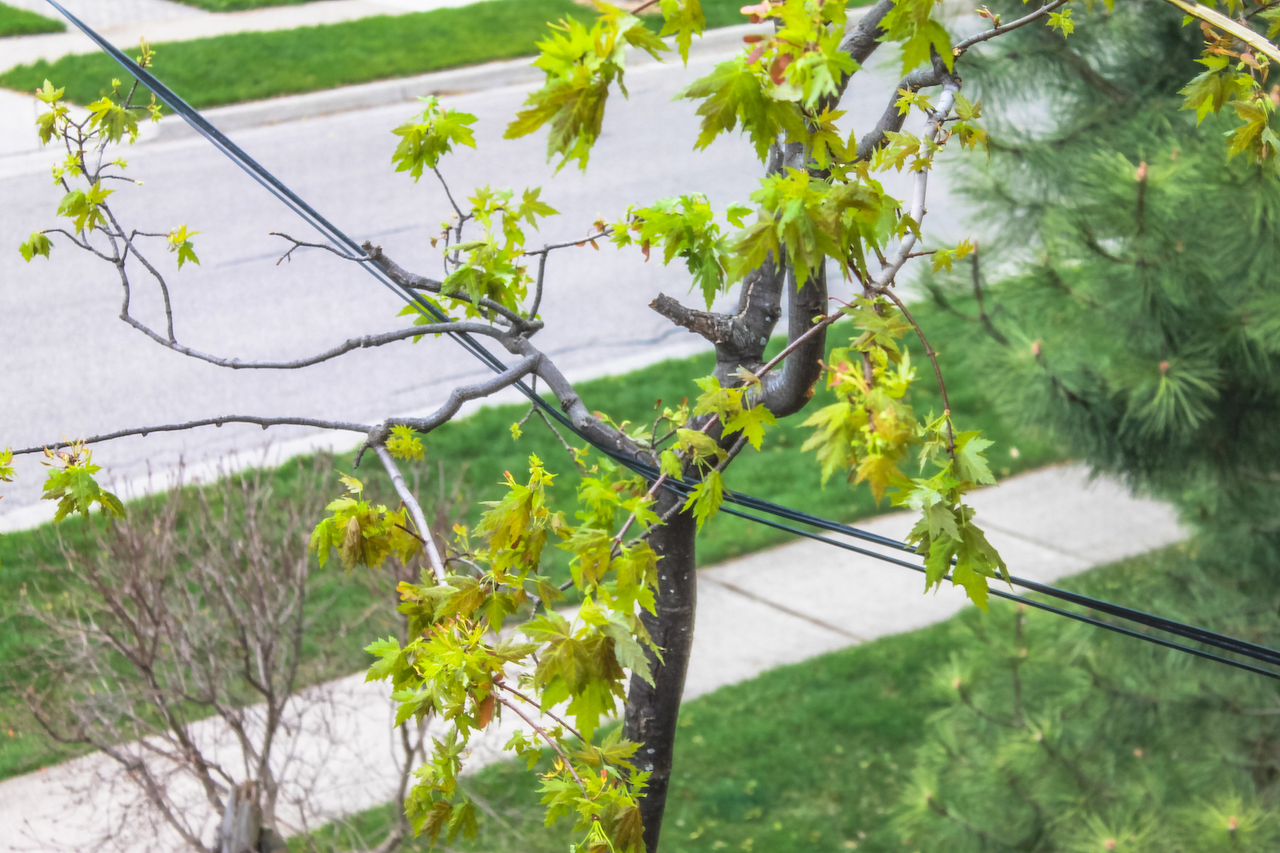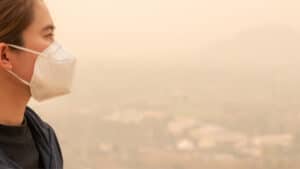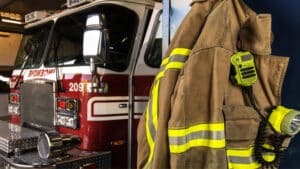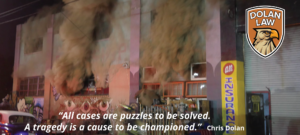
Today’s question comes from Tom M. in the Excelsior District who asks, “My parents own a home in Santa Rosa. It burned down in the fires last week. I have heard that PG&E may have known that there were dead branches or sparking transformers and that they didn’t care for their lines and that may have started the fire. What is my parent’s recourse if this is true.”
Tom, my deepest heartfelt sympathies for you and your family. Losing a home is like losing a loved one: there are so many memories and it is such a sacred place of safety and comfort.
As of now there has been no determination of the cause and origin of the fire so it’s too early to assign fault but, if I assume that PG&E may have responsibility (which I am not saying they do), then the following analysis would apply.
As a general proposition about the responsibility for the management of property can be found in California Civil Code Section 1714 (a) which reads as follows: Everyone is responsible, not only for the result of his or her willful acts, but also for an injury occasioned to another by his or her want of ordinary care or skill in the management of his or her property or person, except so far as the latter has, willfully or by want of ordinary care, brought the injury upon himself or herself.
PG&E is a utility. They are regulated by the Public Utilities Commission that sets tariffs (rates) and have created rules and regulations that control the utilities conduct. These rules are issued in General Orders. General Order 95 covers the management of vegetation around power lines. It reads: “Where overhead conductors traverse trees and vegetation, safety and reliability of service demand that certain vegetation management activities be performed in order to establish necessary and reasonable clearances the minimum clearances set forth in Table 1, Cases 13 and 14, measured between line conductors and vegetation under normal conditions, shall be maintained. (Also see Appendix E for tree trimming guidelines.) These requirements apply to all overhead electrical supply and communication facilities that are covered by this General Order, including facilities on lands owned and maintained by California state and local agencies.
When a supply or communication company has actual knowledge, obtained either through normal operating practices or notification to the company, that dead, rotten or diseased trees or dead, rotten or diseased portions of otherwise healthy trees overhang or lean toward and may fall into a span of supply or communication lines, said trees or portions thereof should be removed.
Communication and electric supply circuits, energized at 750 volts or less, including their service drops, should be kept clear of vegetation in new construction and when circuits are reconstructed or repaired, whenever practicable. When a supply or communication company has actual knowledge, obtained either through normal operating practices or notification to the company, that its circuit energized at 750 volts or less shows strain or evidences abrasion from vegetation contact, the condition shall be corrected by reducing conductor tension, rearranging or replacing the conductor, pruning the vegetation, or placing mechanical protection on the conductor(s). For the purpose of this rule, abrasion is defined as damage to the insulation resulting from the friction between the vegetation and conductor. Scuffing or polishing of the insulation or covering is not considered abrasion. Strain on a conductor is present when vegetation contact significantly compromises the structural integrity of supply or communication facilities. Contact between vegetation and conductors, in and of itself, does not constitute a nonconformance with the rule.
Table 1 of Section III of General Order 95, case number 13 and 14 set the requirements for clearance of vegetation around power lines from 18 inches (1.5 feet) to 120 inches (12 feet) depending on the amount of voltage and the location of the service i.e., urban, residential or extreme and Very High Fire Threat Zones.
If PG&E knew or should have known about these conditions or had an inadequate inspection, monitoring or maintenance program to identify and rectify these conditions, then they may be held civilly liable for damages. For the people injured, or the loved ones who were killed, there may be personal injury lawsuits to recover not only the value of the property lost but also economic damages – both real property l (housing, landscaping) and personal property ((furniture, clothes, cars, etc.) – as well as non-economic damages such as pain, suffering, emotional distress, grief, anxiety, etc. For those who suffered property loss only, they too have a right of recovery.
Your parents need to report their loss to their insurance company as soon as possible and I recommend that you talk to a reputable, experienced, trial lawyer to help you understand your legal options.
By attorney Christopher B. Dolan, owner of the Dolan Law Firm. Email Chris questions and topics for future articles to help@dolanlawfirm.com










